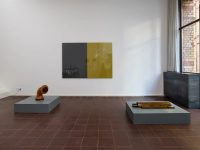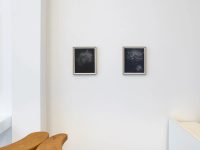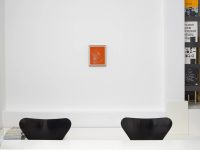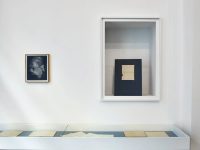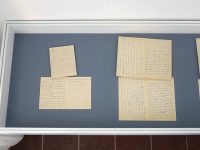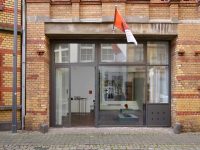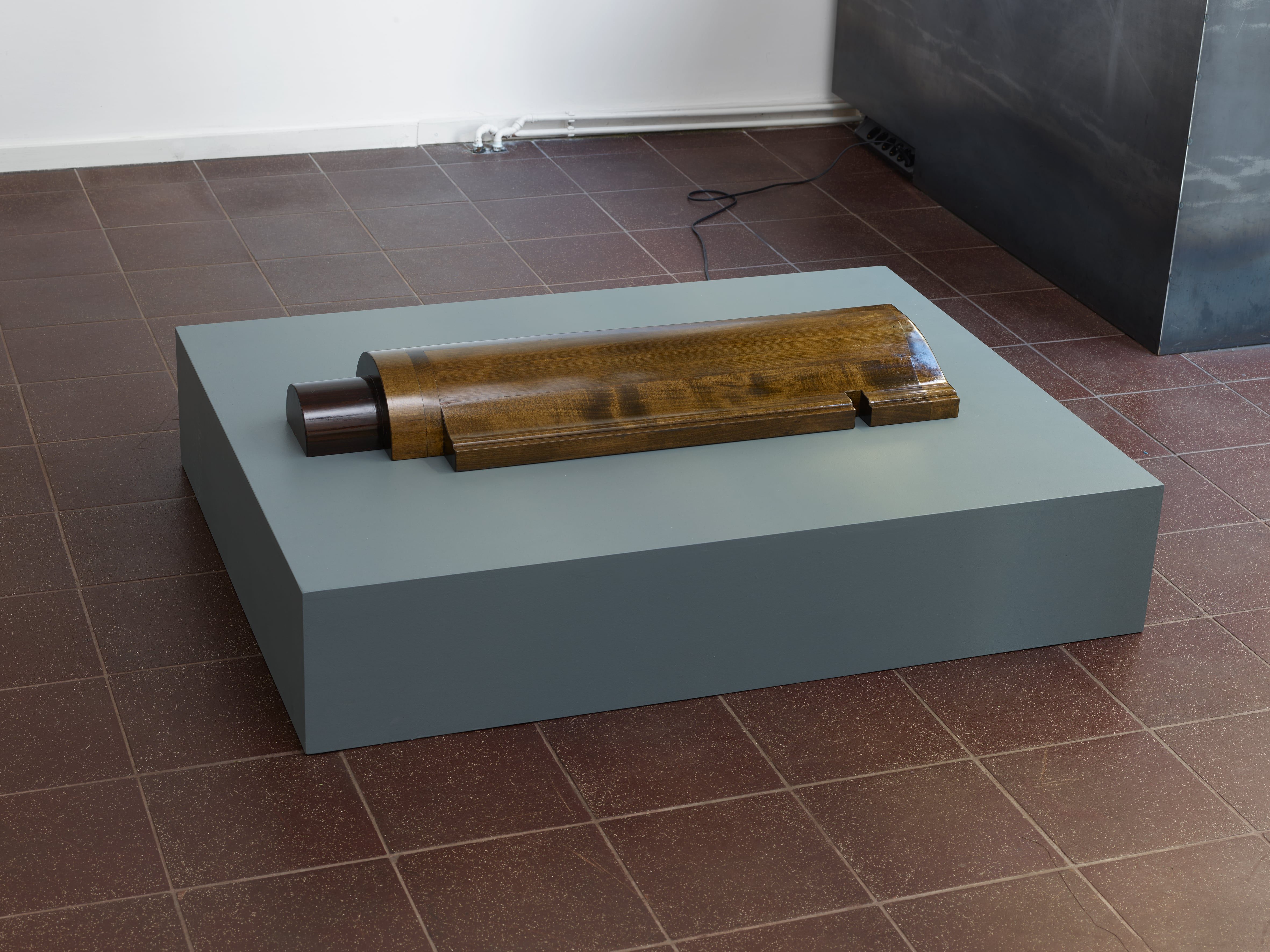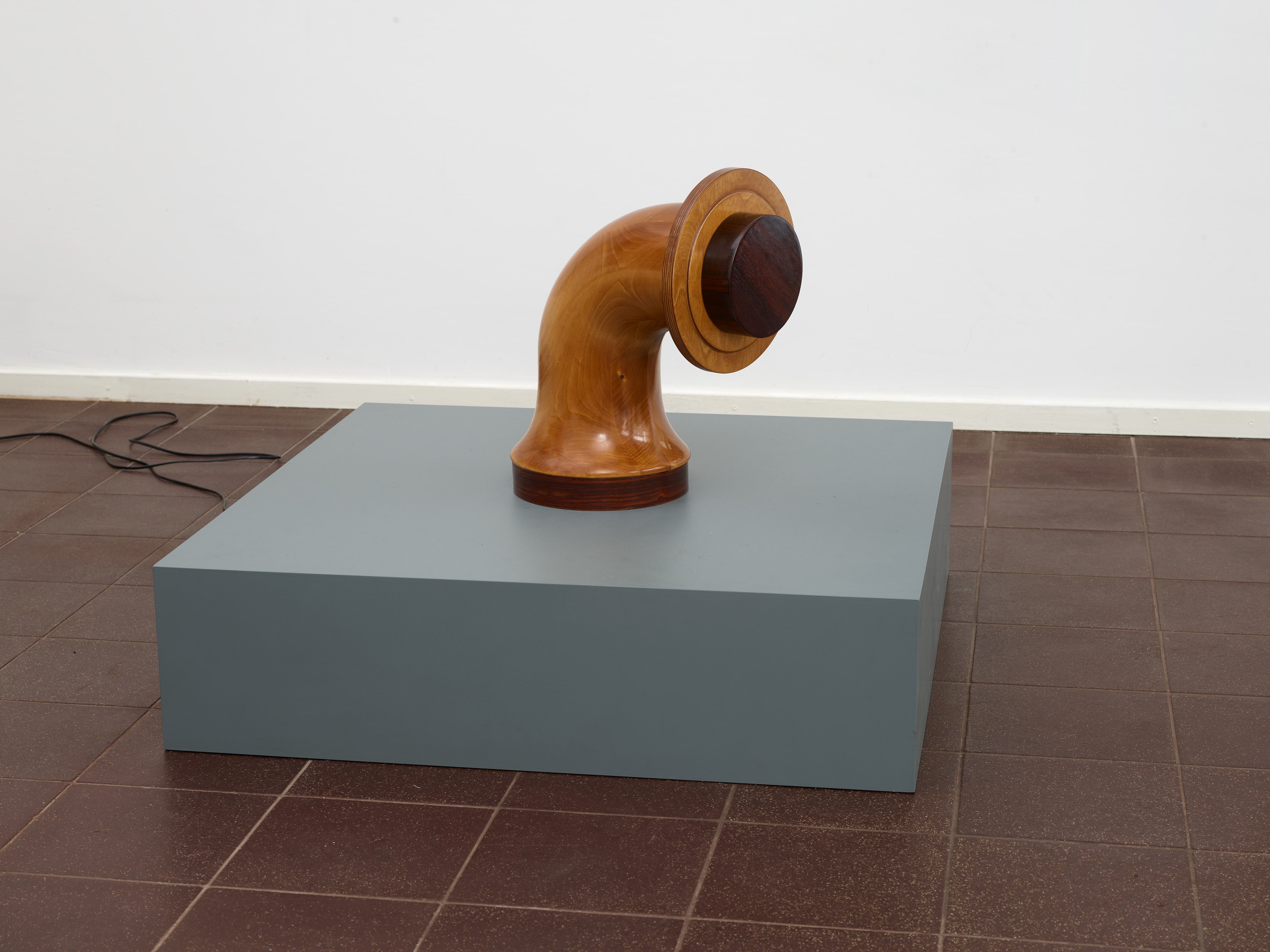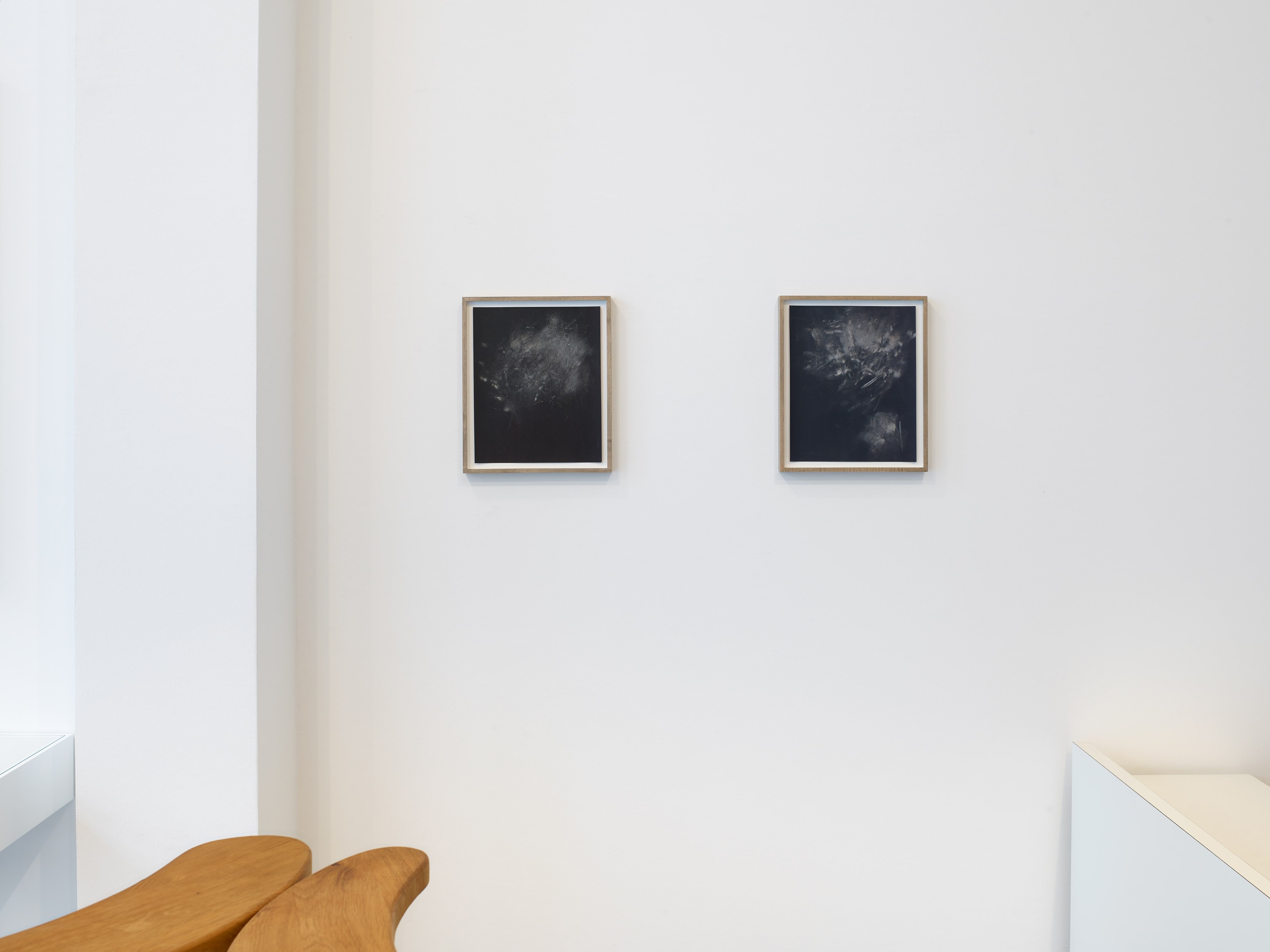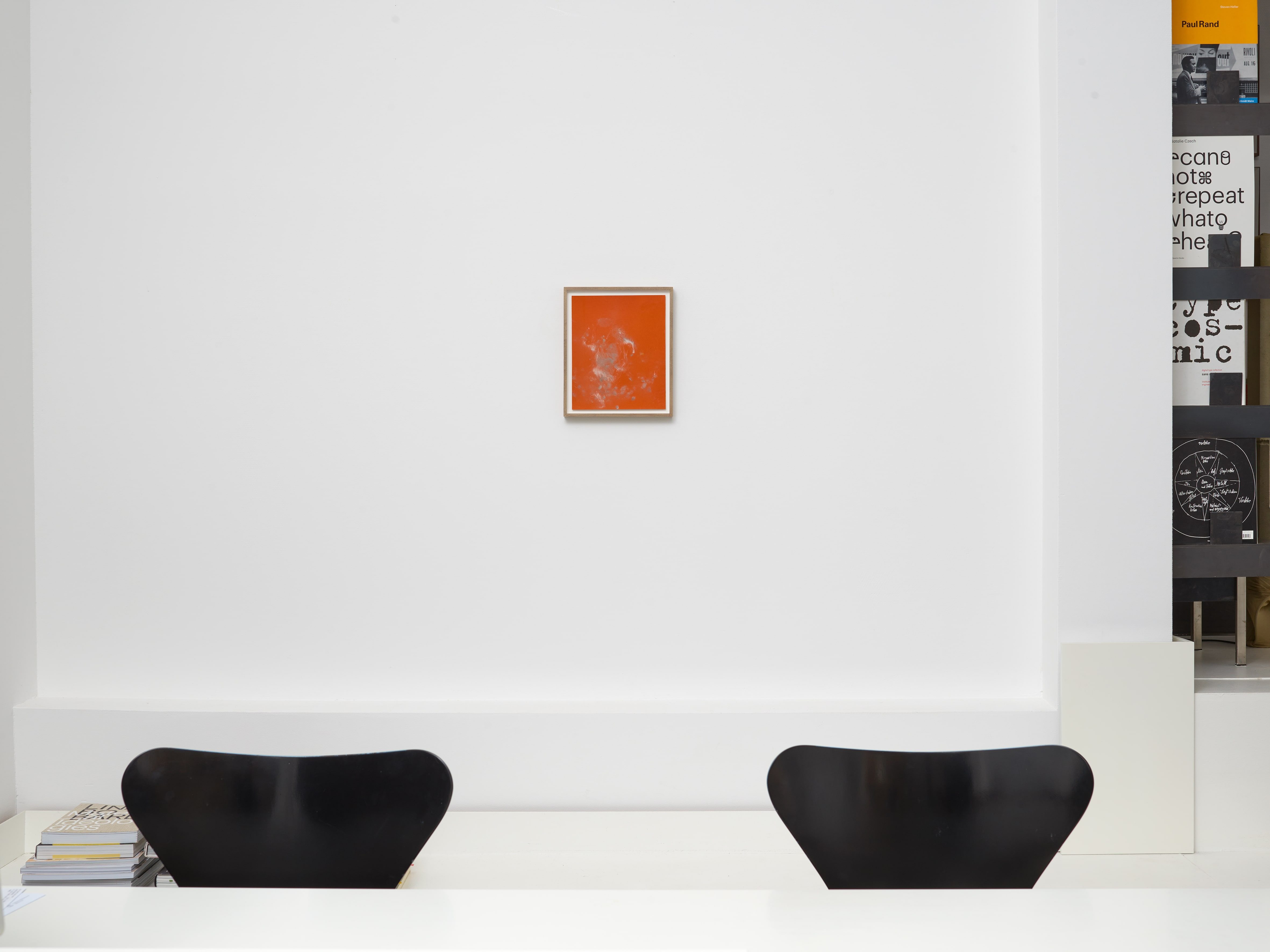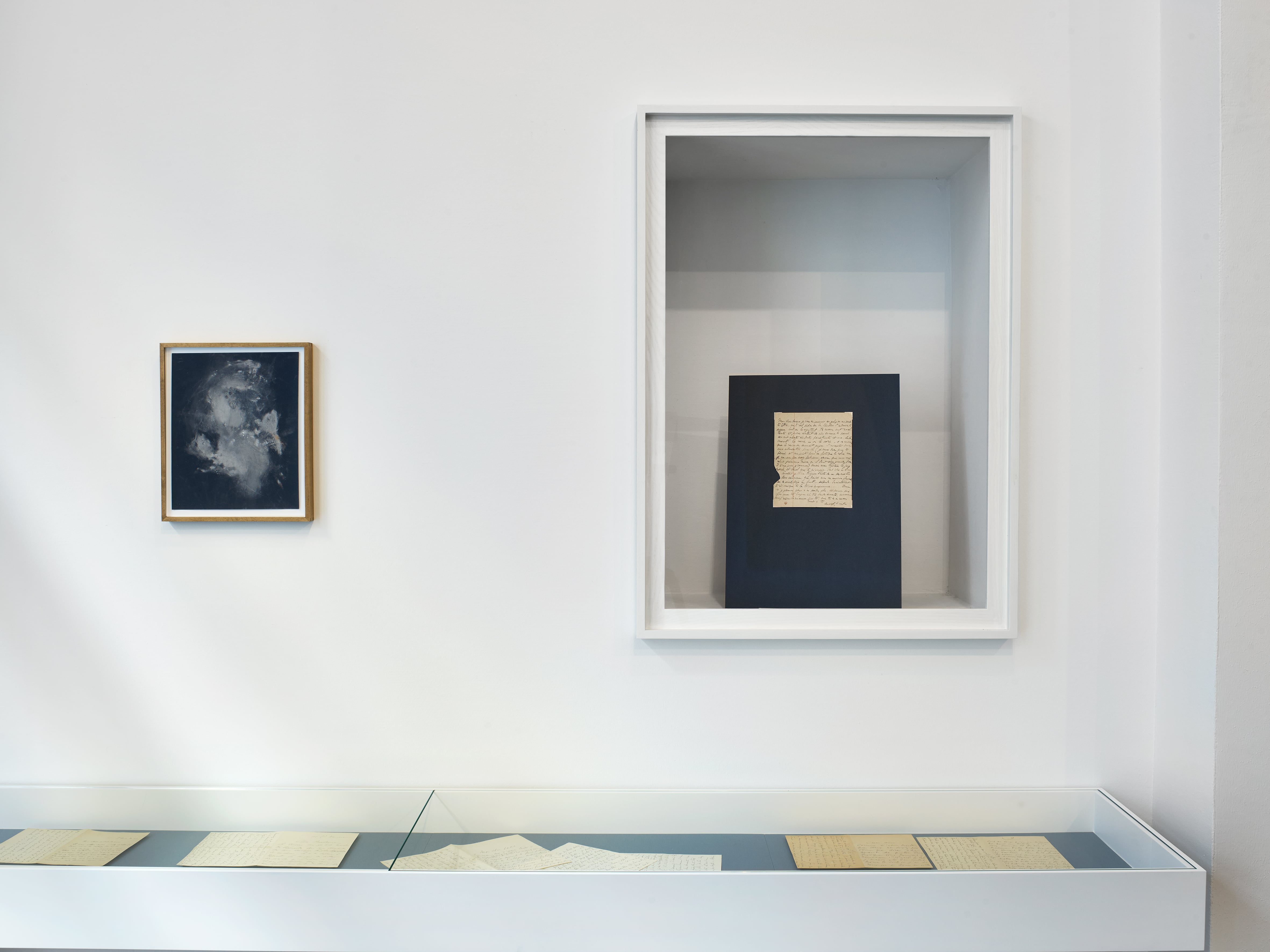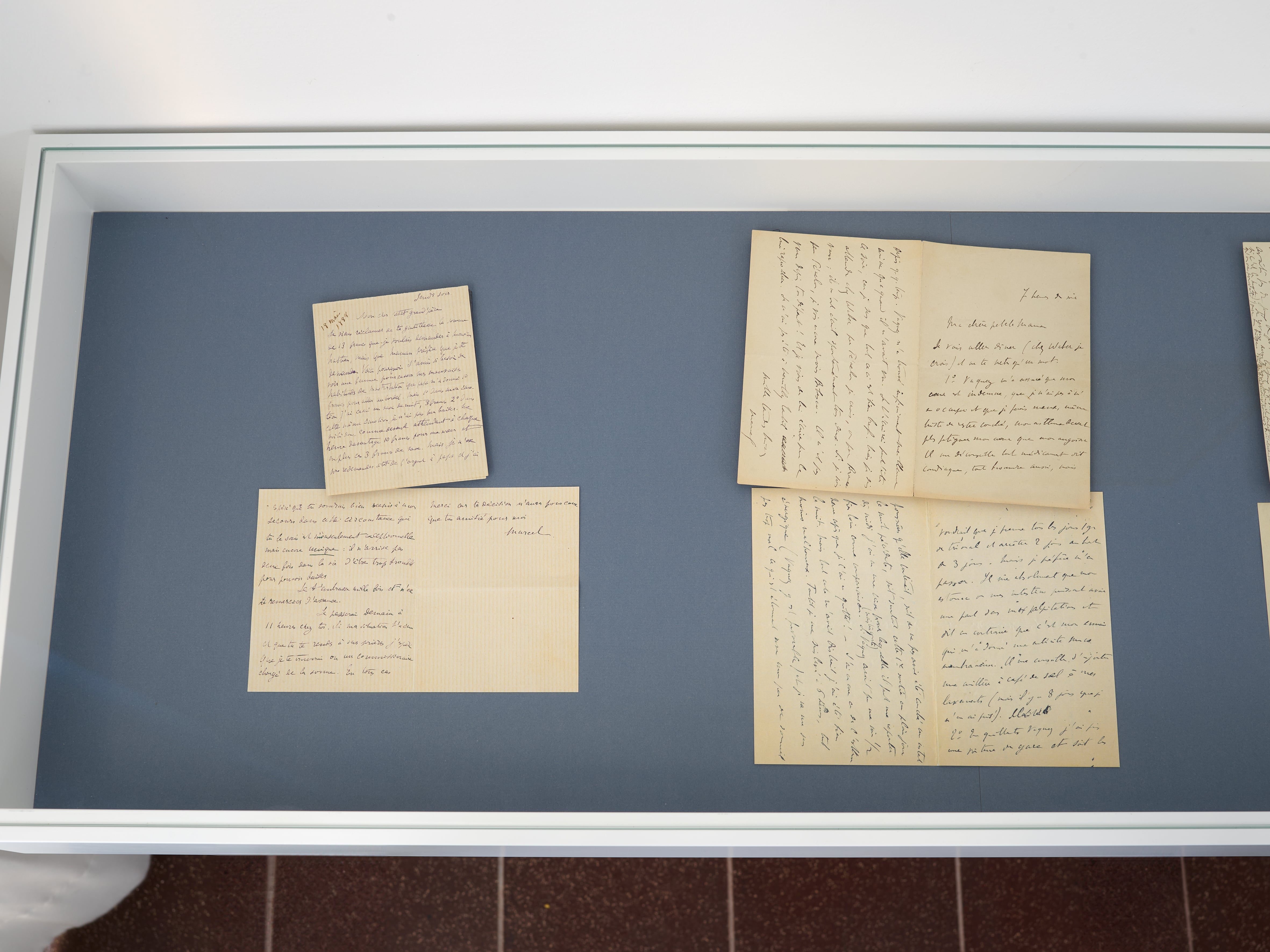“I am extremely ill, I am behind with 800 letters,” Marcel Proust complains in a letter to critic Louis-Martin Chauffier in January 1920, shortly after receiving the Prix Goncourt. This observation, which could very well indicate the current state of overload of the subject, exhausted by mail, social media, and the compulsion to constantly perform, leads back to the early twentieth century and the indirect history of the epochal and convoluted À la recherche du temps perdu (In Search of Lost Time) that was embedded in a no less complex network of missives. It is assumed that Proust could have written up to 48,000 letters, of which at most a quarter have been researched and catalogued to date. In letters to his parents, publisher, and friends, the posthumous publication of which Proust wanted to prevent at all costs, he often addresses the conditions of his illness, and in his last two years of life, it occurs in every letter. He was severely affected by asthma from childhood, but he also used it for all kinds of escapist and manipulative purposes in the service of life and work. Toujours au lit, or “always in bed,” is the title of an important essay by Reiner Speck, in which the place and “sleep” (or lack thereof) are not only at the beginning (and end) of Recherche.
— Martin Germann
More information here.
Image credits: Dora Budor, Marcel Proust, Brissaud method, piece*unique, 2024. Photo: Simon Vogel.

